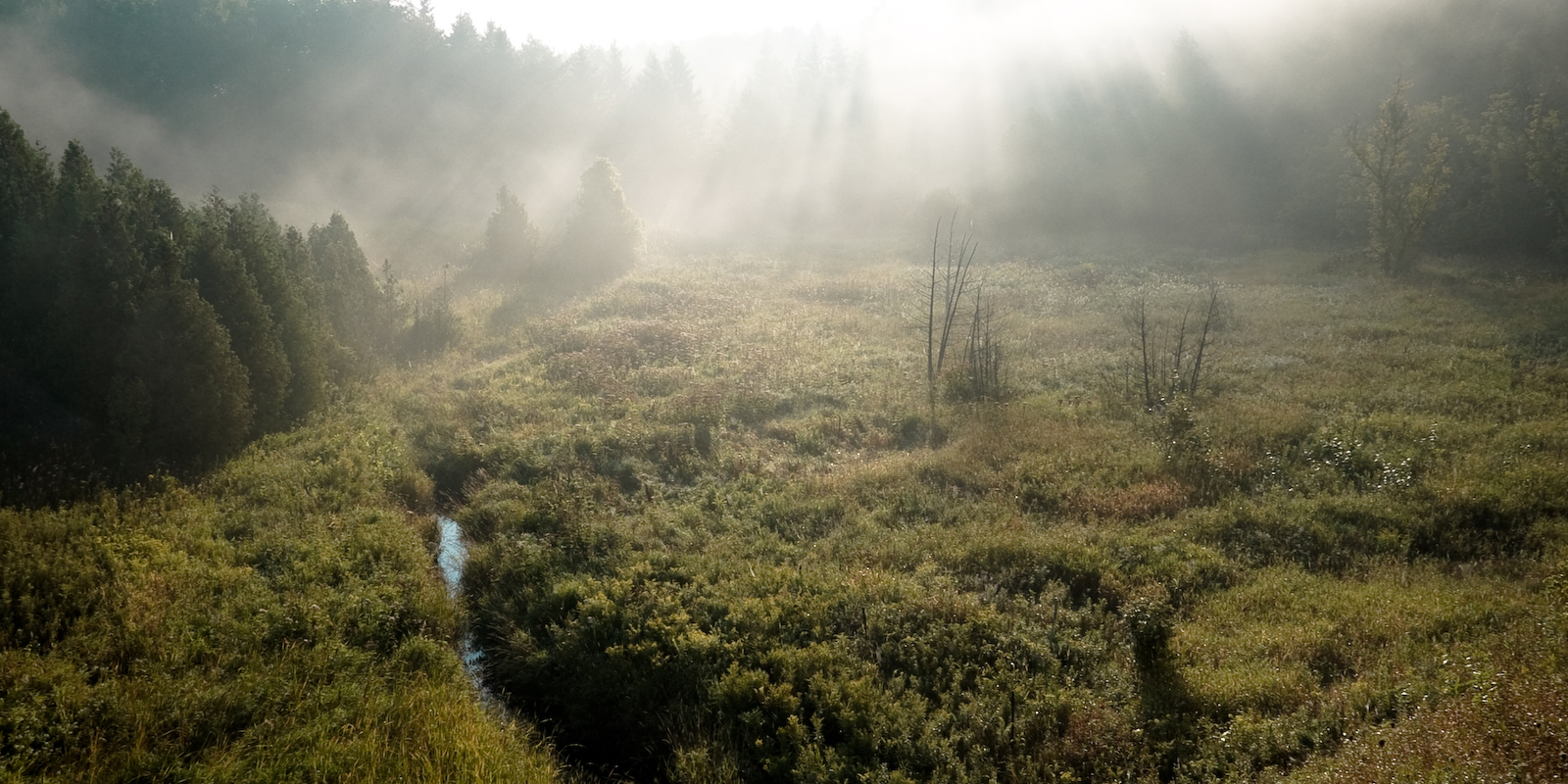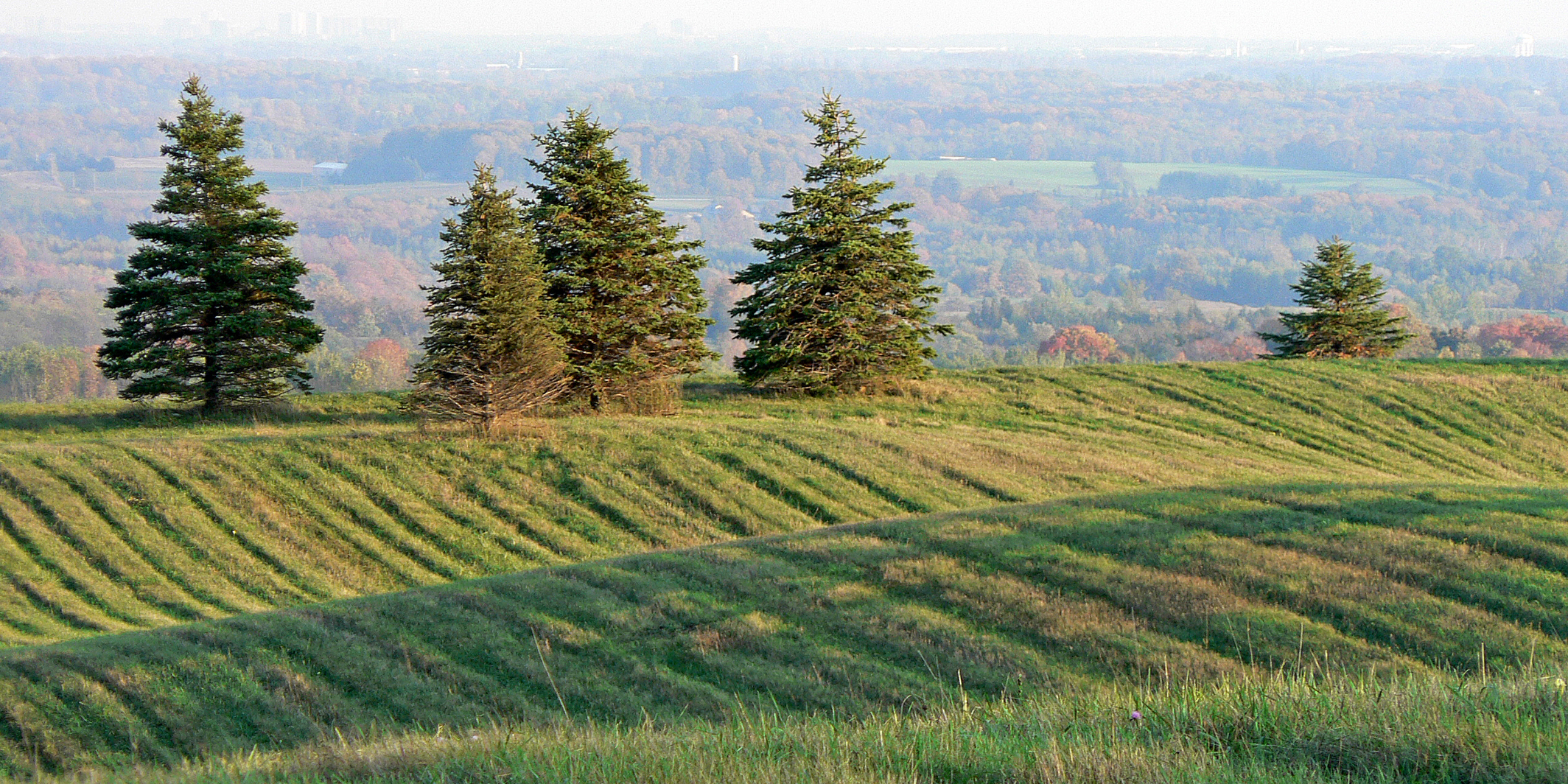Ontario Nature Blog
Receive email alerts about breaking conservation
and environmental news.
© Lora Denis
Oak Ridges Moraine © Isabel Veldhuis care of EcoSpark
I confess to being a morainiac, so I am thrilled that moraines are one of the “building blocks” for the Government of Ontario’s proposed Greenbelt expansion. This is very good news. If we hope to protect water resources across the Greater Golden Horseshoe (GGH) we cannot ignore the significant role played by moraines and other relics of the last ice age in ground and surface water systems.
My first experience with moraines was in Professor Peter Martini’s introductory course to glacial geology. Here we learned all about the different kinds of moraines – lateral, terminal and interlobate, relics of a different climate when glaciers covered Ontario. Glacial geology made sense to me in ways that mineralogy and ‘economic’ geology did not. Perhaps it’s no coincidence that I have been a passionate protector of the Oak Ridges Moraine since the 1990s.

The last glaciation took place between 85,000 to 11,000 years ago with ice sheets up to two miles thick blanketing the entire top half of North America. As the temperature began to rise, the ice sheets started to weaken and thin resulting in “lobes” of ice that deposited kame and kettle moraines, eskers and tills. When the ice was finally gone it left behind a complex landscape composed of thick layers of sand and gravel with aquifers giving rise to wetlands, rivers, streams, seeps and springs. This is why moraines and other glacial deposits are so important to consider in terms of protecting water.

Not surprisingly many moraines – the Orangeville, Paris-Galt, Oro, Singhampton and Gibraltor moraines for example – are now coming under public scrutiny. With development projected to leapfrog across the Greenbelt into Simcoe, Dufferin, Wellington and Brant counties these morainic systems are under increasing pressure. In many cases, they provide 100 percent of an area’s drinking water. And like the Oak Ridges Moraine, these moraines are the headwaters to the region’s rivers and streams providing essential habitat for plants and animals as well as water to service our towns and villages, farms and industries.
The time is right to cast a wide net to protect all the moraine systems in the GGH that are under pressure from being paved over, dug out, destroyed or depleted through unsustainable water-taking. We have a duty to protect these amazing 11,000-year old relics that play such an important part in the well-being and long-term prosperity of all the communities of the GGH.

Gananoque Lake Nature Reserve © Smera Sukumar